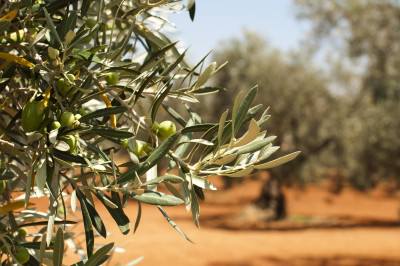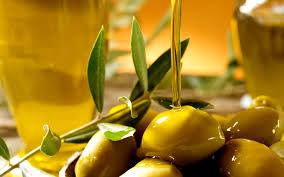
Olive oil, considered “The King” in the so-called Mediterranean diet, its ability to reduce cardiovascular risk, has been shown by epidemiological studies. A correct mixture of components can lead to clear health benefits for those who consume it. But let’s go back to olive oil and analyze in light of scientific work and reviews what are the benefits of daily olive oil consumption:
- It prevents the appearance of cardiovascular pathologies, since by providing unsaturated fatty acids, it regulates cholesterol levels in the blood.
- Improves the functioning of the digestive system; It is a stomach protector against acid secretions.
- Prevents constipation when taken raw and on an empty stomach.
- It has a protective and tonic effect on the skin.
- It improves metabolic functions and brain development, since fatty acids favor the formation of cell membranes, and the formation of brain tissue.
- It stimulates the absorption of calcium and therefore stimulates bone growth.
- It reduces the wear of the tissues thanks to its antioxidant power, reducing the aging of the cell membrane.
- It improves life expectancy and quality of life in general due to its natural contribution of nutrients.
Olive oil has an added value when it comes to gastronomy thanks to its flavor and aroma. Its perfume and flavor provide a unique flavor that highlights any preparation. As with all food, excesses and deficiencies are never good; therefore, its consumption must be moderate and always raw, in order to preserve all its excellent qualities. Since its caloric intake is high, we advise that your daily consumption does not exceed 4 spoons. In this way we will take all its benefits and nutrients, maintaining the proper body weight. Additionally, food absorbs less oil when used in frying or stir-frying, which implies that it does not greatly increase its caloric value

TYPES OF OLIVE OIL
There are different types of olive oil on the market, which depends on its form of extraction and purity: There are four commercial categories of olive oil, which must always be indicated on the labels, pods or bottles.
-Extra virgin olive oil: it is the highest quality. It is obtained directly from the olives through solely mechanical processes. Its flavor must be impeccable, unsurpassed, and its acidity, expressed in oleic acid, must not exceed 0.8 grams per 100. Its organoleptic score (taste, smell, color, etc.) must be equal to or greater than 6.5.
-Virgin olive oil: the defects of this oil are imperceptible and negligible for the average consumer. Its acidity must not exceed two grams per 100 (2º), and its organoleptic score must be equal to or greater than 5.5
-Olive oil: it is the mixture of refined olive oils (defects are extracted through chemical procedures, but thus lose most of their virtues), with virgin olive oils. Their acidity should not exceed 1.5 grams per 100 (1.5º).
-Olive-pomace oil: it is the mixture of refined pomace oils (pomace: skin, pulp, bone), with virgin olive oils. Its acidity should not exceed 1.5 grams per 100.
One of the most confusing terms is the acidity of the oil. Most consumers think that acidity is tied to flavor. But nothing further, since acidity is a laboratory coefficient, which measures the proportion of free fatty acids contained in the sample. It only serves to catalog the oils, and to establish that their olives have been treated correctly. Therefore, taste has nothing to do with the degree of acidity of an oil.
ELABORATION OF OLIVE OIL
-Its cultivation: it must respect both the autochthonous soil, flora and fauna, using fertilizers and plant protection products as little as possible.
-Establish the optimal moment of its maturation: the quality is linked to an early harvest moment and a low extraction yield. A small quantity of olives must be ground and the quality obtained must be verified by tasting.
-Collection: the collection method is essential in the olive oil process. The olives are brought to the mill, in the shortest possible time. To determine the time of harvest, only the organoleptic characteristics are taken into account.
-Milling: it comprises the following process: -The olives are cleaned, that is, they are washed and the leaves are removed. -When the fruits are clean, they are ground in a mill, which crushes them gently, without raising their temperature. -The paste is beaten for half an hour to promote the union between the oil droplets. This process is done at a temperature that does not exceed 27º C, so as not to evaporate the aromas. -Then that paste is centrifuged, and thus the phases are separated: on the one hand, the bone (pit), the pulp and the water, and on the other, the oil, obtaining an intense green oil, with an aroma that mixes Floral and fruit nuances. This is how the market offers extra virgin olive oil, the highest quality that exists. Insuperable.
CONSERVATION OF OLIVE OIL
Since oil is a perishable food, it is not convenient to acquire it in large quantities, since they are damaged. It is important to protect it from light and heat. Contact with air oxidizes the oil, which means that once the container or bottle is opened, there is no need to delay its consumption. “Olive oil is a magnificent liquid, the most beneficial vegetable fat for health, which can be consumed without any chemical process.”
